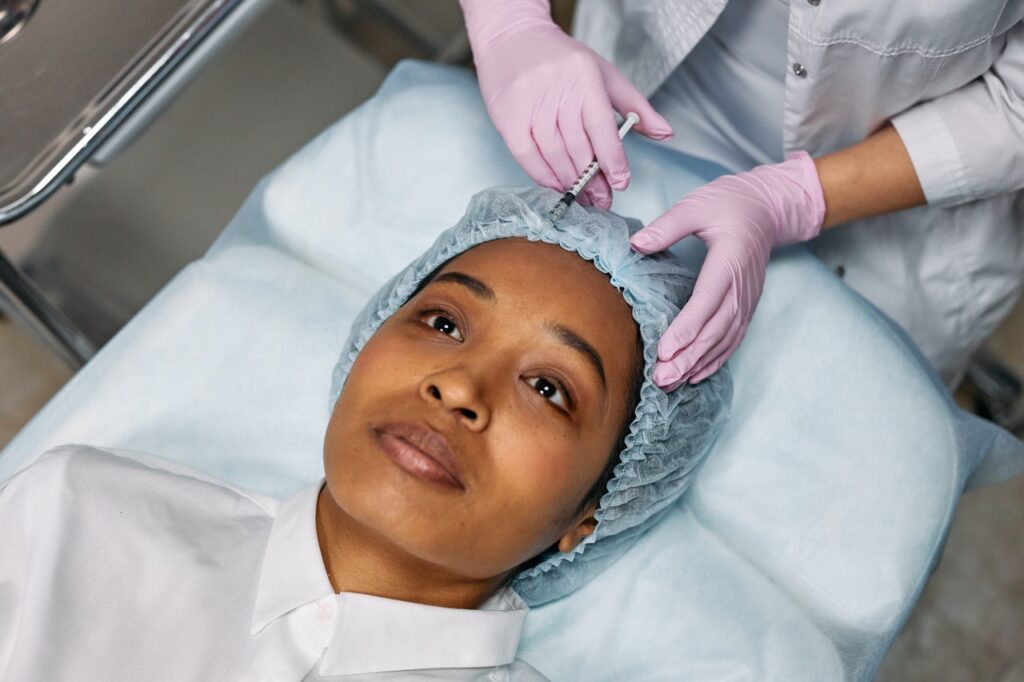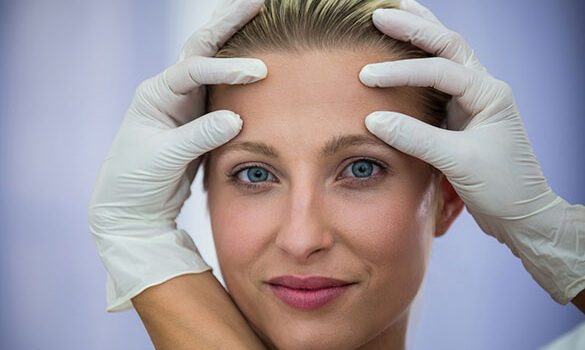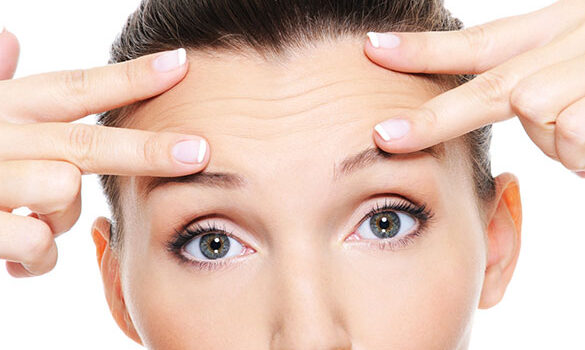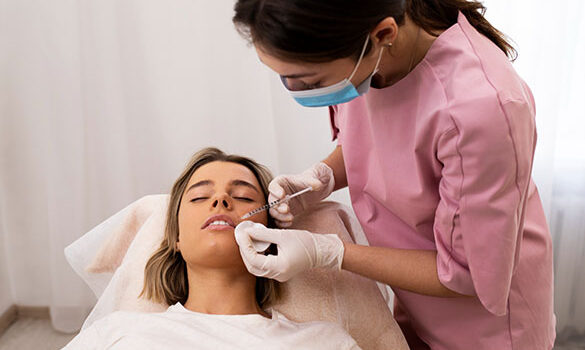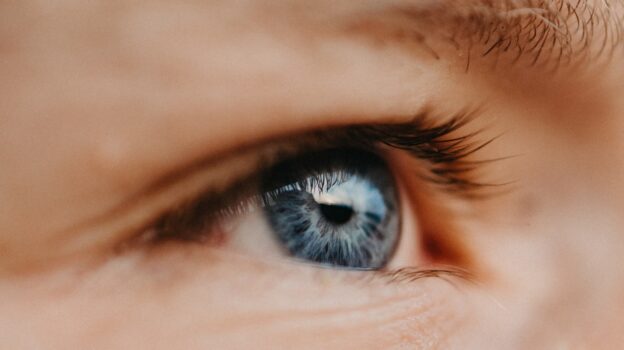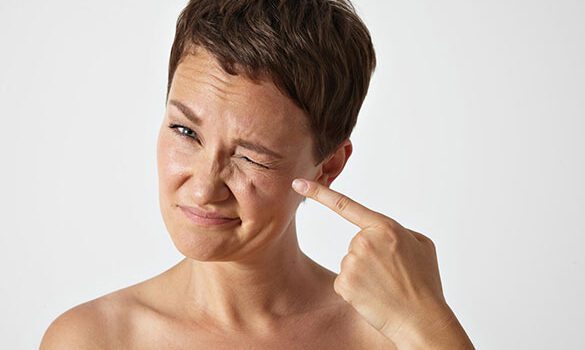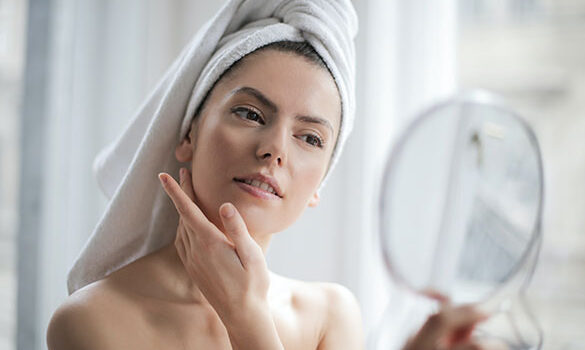Understanding the Many Benefits of Botox
Many associate Botox with reducing wrinkles, spots, and other skin characteristics. The truth is, cosmetic improvements are only one of the many benefits of the multi-purpose injectable.
Botox comes with an array of cosmetic, physical, and even mental benefits, some of which are FDA approved, and others that are currently being studied.
GraceMed is an experienced provider of Botox in Mississauga, Burlington, Oakville, and North York. You’d be surprised to know just how many ways people use and benefit from Botox. Consider the many different types of Botox benefits and how they work.
Types of Botox Benefits
Cosmetic:
Botox is most famous for its cosmetic benefits. It can lift and tweak different areas of the face, and smooth out dynamic wrinkles and fine lines. For younger individuals, it can also help prevent wrinkles and fine lines from developing. In fact, more and more people in their 20s and 30s get preventative Botox to help them maintain their youthful skin as they get older.
Botox is one of the most accessible ways to tighten your skin without undergoing plastic surgery. The appointment is short, the recovery time is minimal, and the price of the treatment is relatively affordable.
Medical:
The benefits of Botox go beyond aesthetics. The injectable is also used as a legitimate treatment option for a wide variety of medical conditions.
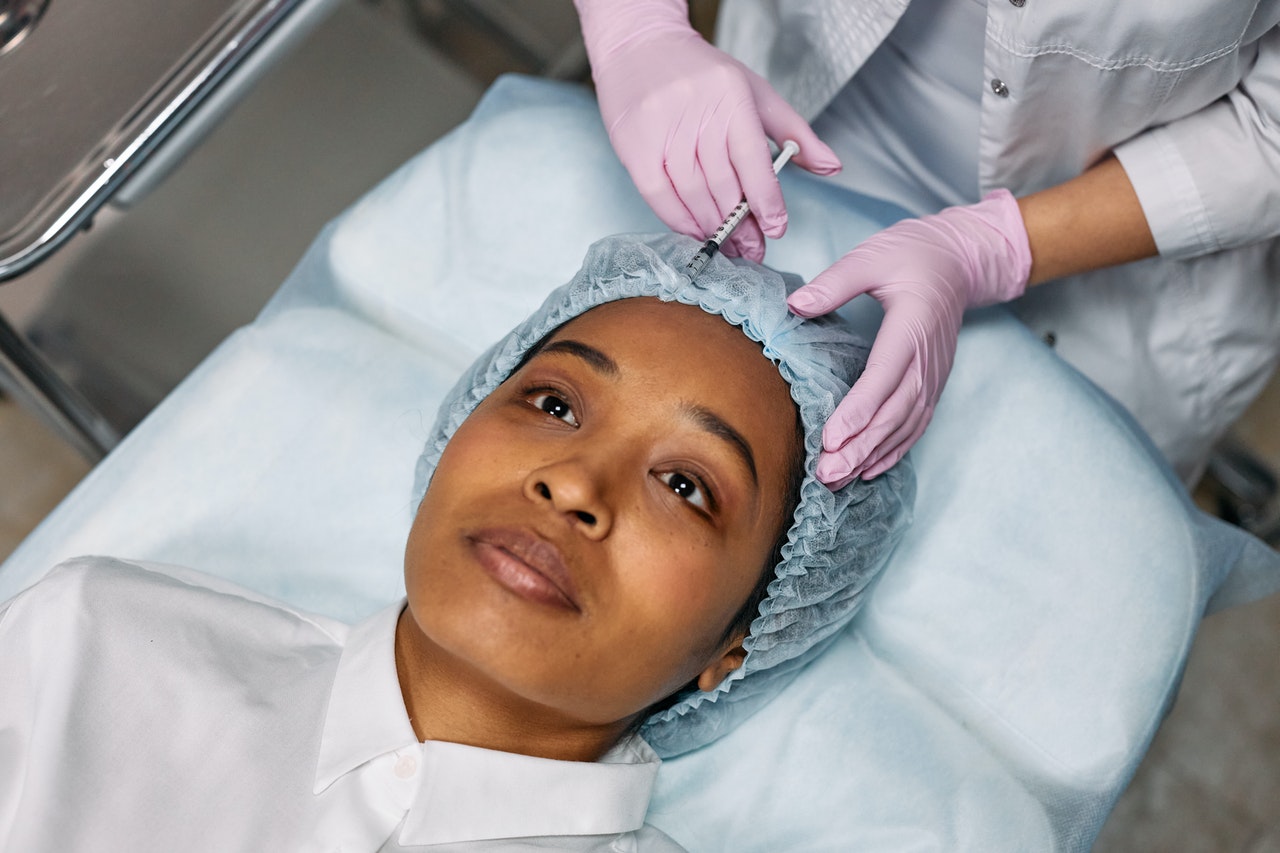
Credit: cottonbro via Pexels
Cosmetic Botox Benefits
Your face has two types of wrinkles: static wrinkles and dynamic wrinkles. Static wrinkles are caused by the skin’s loss of collagen and elastin, the two proteins that make your skin smooth, supple, and elastic. Your skin produces less collagen and elastin as you get older, which is why wrinkles are a common sign of aging. Sun damage and smoking cigarettes can also increase your development of static wrinkles.
Dynamic wrinkles, on the other hand, are caused by repeated movements of the face (for example, smiling, laughing, squinting, or puckering). These movements affect the skin and cause it to crease. Eventually, your dynamic wrinkles will become static.
Botox is an excellent option for treating dynamic wrinkles and preventing them from becoming static. It’s a neuromodulator, which means that it blocks nerve signals from reaching the muscle at the injection site. This forces the muscle to stop contracting, which stops the skin above it from contracting so that, instead of creasing and crinkling, it stays smooth.
Here are some examples of problem areas that Botox can improve:
Crow’s Feet:
“Crow’s feet” is the common term for fine lines at the outer corners of your eyes. This area of your face is especially vulnerable to fine lines because it experiences a lot of movement. The skin around the eyes creases when you smile, laugh, squint or squeeze your eyes shut. It even happens when you blink.
The good news is that you don’t need to stop smiling, laughing or blinking to reduce the appearance of these lines. By injecting Botox in the area, you can relax the muscles around the corners of your eyes and smooth out the skin. If the crow’s feet are deep, you may want to use dermal fillers in tandem with Botox to get the best results.
11 Lines:
Your glabellar lines are two vertical, parallel wrinkles in between your brows. These lines are commonly called 11 lines because the wrinkles look like the number 11. They typically appear when you are furrowing your brow in confusion, frustration or anger.
Botox injections can diminish the appearance of these lines, making your brow look smoother and softer, and your resting face calmer and happier.
Sagging Brows:
As you age, your brows shift downward because your skin has less elasticity and starts to sag. At our cosmetic surgery clinic, we offer several solutions for sagging brows.
At GraceMed, we can perform an endoscopic brow lift, where small incisions are placed behind the hairline, and the forehead/brow area is then lifted to the optimal height. Alternatively, you can opt for a mini brow lift, where one tiny incision is made behind the hairline to lift the brow.
Botox is another solution to help reduce the appearance of sagging brows. Injections in the glabella and the forehead will gently raise the forehead and pull the brows upward.
Vertical Lip Lines:
Vertical lip lines are the fine lines that appear above your top lip. These lines are sometimes called “smoker’s lines” because people who regularly smoke cigarettes get them. They can also develop because of aging, genetics and repeated movement.
The orbicularis oris is the muscle that causes your lips to purse and pucker. Botox can be injected into this muscle to force it to relax and smooth out the area.
Resting Face:
Botox can have additional benefits for your lips. If you feel like your resting face looks angry or sad, you can use Botox injections to delicately pull the corners of your lips upward. If you want to make your lips look plumper, you can do the lip flip treatment. You can also opt for lip augmentation with dermal filler for a more dramatic appearance.
Dimpled Chin:
When the mentalis muscle in your chin contracts, it causes the chin to pucker and dimple. This problem creates what’s called “orange peel skin,” as the dimpling makes the skin look similar to the rough, pitted texture of an orange.
Strategic Botox injections in the chin can relax your hyperactive mentalis muscle and smooth out the skin on top of it.

Medical Botox Benefits
Botox’s ability to relax specific muscles makes it an effective treatment for multiple medical conditions. The injections can stop hyperactive muscles from contracting, which can provide relief for pain and discomfort.
Here are some examples of medical conditions and sources of physical discomfort that can be reduced with the use of Botox:
Migraines:
One of the many medical benefits of Botox is its ability to help reduce migraines. In fact, Botox injections are a common treatment for people who suffer from chronic migraines (15 or more headaches per month).
How It Works: The way Botox for migraines works is that the neuromodulator relaxes the muscles in the neck and head and blocks the nerves from sending signals of pain and discomfort. Patients find that the treatment dramatically reduces the number of headaches they have per month. Some even find that it reduces the intensity of their headaches, making their medications work better and making it easier for them to go about their day-to-day life.
FDA Status: Using Botox for migraines was approved by the FDA in 2010 and Health Canada in 2011.
Hyperhidrosis:
Hyperhidrosis is the medical term for abnormal and excessive sweating. While hyperhidrosis isn’t a painful or dangerous condition, it can cause a lot of social anxiety and discomfort.
How It Works: Botox helps reduce the symptoms of hyperhidrosis as it blocks the nerve signals to the sweat glands, stopping the affected area from sweating. The effects of this treatment are concentrated on the injection site as other areas of the body will continue to sweat.
FDA Status: Using Botox for hyperhidrosis is approved by the FDA and Health Canada.
Overactive Bladder:
Another one of the benefits of Botox is that it can help people who suffer from overactive bladders or urinary incontinence. When you have an overactive bladder, you have little control over your urination. You get the sudden urge to urinate, and if you’re not in the immediate vicinity of a bathroom, you can experience a small or large leak. This can be frustrating and embarrassing to live with.
How It Works: Injecting Botox into the bladder forces the muscles to relax, giving you time to react when you have the urge to urinate. Many patients with overactive bladders find relief with this treatment only days after their first appointment.
FDA Status: Using Botox for overactive bladders is approved by the FDA and Health Canada.
Crossed Eyes:
Strabismus (“crossed eyes”) is a condition where an individual’s eyes don’t align properly and look in two different directions at once. If you live with strabismus, it can be very difficult to see things properly because of your eye position. This can either result in “double vision” or reduced vision in one eye when you try to process images in front of you.
How It Works: Strabismus is often caused by poor eye muscle control, which is why Botox injections make for such an effective treatment. Botox can temporarily paralyze the muscles that prevent your eyes from aligning properly, allowing them to shift to the correct position.
FDA Status: This medical treatment has been approved by the FDA and Health Canada.
Neck Spasms:
Neck spasms are uncontrolled contractions of the neck muscles. They can be very painful and physically limiting as the affected individual can’t turn their neck in another direction until the neck muscles relax. Neck spasms can occur because of poor posture, chronic emotional stress, illness, and physical injury.
How It Works: Botox injections in the neck can force the muscles to relax and stop them from contracting involuntarily. This can significantly reduce neck pain and discomfort.
FDA Status: Botox has been used to treat this specific medical problem for decades. The FDA approved Botox to treat cervical dystonia (a rare condition that causes neck spasms) in 1989. It has also been approved by Health Canada for decades.
Botox Coverage in Canada
Botox is not covered by public and private insurance plans when it’s administered for cosmetic reasons. However, it’s possible to get insurance coverage for Botox injections when it’s used for medical reasons.
OHIP covers the treatment for focal spasticity, oculomotor and laryngeal disorders. As for other medical conditions, the provincial health plan covers the costs of the initial assessments for treatment. So, if you have a problem like chronic migraines or hyperhidrosis, you can at least have this small portion of the medical process put on your health card.
The majority of private health insurance plans will cover the costs of Botox when it’s used for medical purposes. Depending on your plan, you could get the drug covered for chronic migraines, hyperhidrosis, crossed eyes, etc. Check with your provider before you go through with your treatment to see how much coverage they will offer.
If you don’t have a private insurance plan, you might be able to claim the treatment as a medical expense on your annual tax return.

Mental Botox Benefits
Authorities like Health Canada and the FDA have not approved Botox injections to directly treat mental health problems. However, clinical studies and client feedback have revealed that Botox used for medical or cosmetic purposes can benefit your mental health and well-being.
Here are some examples of the mental health issues that Botox can benefit from:
Stress:
When you experience a lot of stress, your muscles tense. You may not even realize how much tension you’re carrying in your face and neck muscles until you notice side effects like deep lines, headaches and jaw pain.
Botox can force the muscles to finally relax and release that tension. It can even create a feedback loop, where you feel mentally relaxed because your muscles are physically relaxed.
Self-Esteem:
Both cosmetic and medical Botox can benefit your self-esteem. It can reduce your insecurities about facial wrinkles, fine lines and other perceived imperfections so that you can feel happy when you look in the mirror. It can help you treat medical symptoms that could be embarrassing, like excessive sweating or bladder leaks, to help you feel more confident and comfortable wherever you go.
Botox at GraceMed
We offer Botox injections at all of our locations in the Greater Toronto Area. If you are interested in getting Botox at GraceMed, you have to do is book an appointment online to set the process in motion. The decision could change your life for the better.


